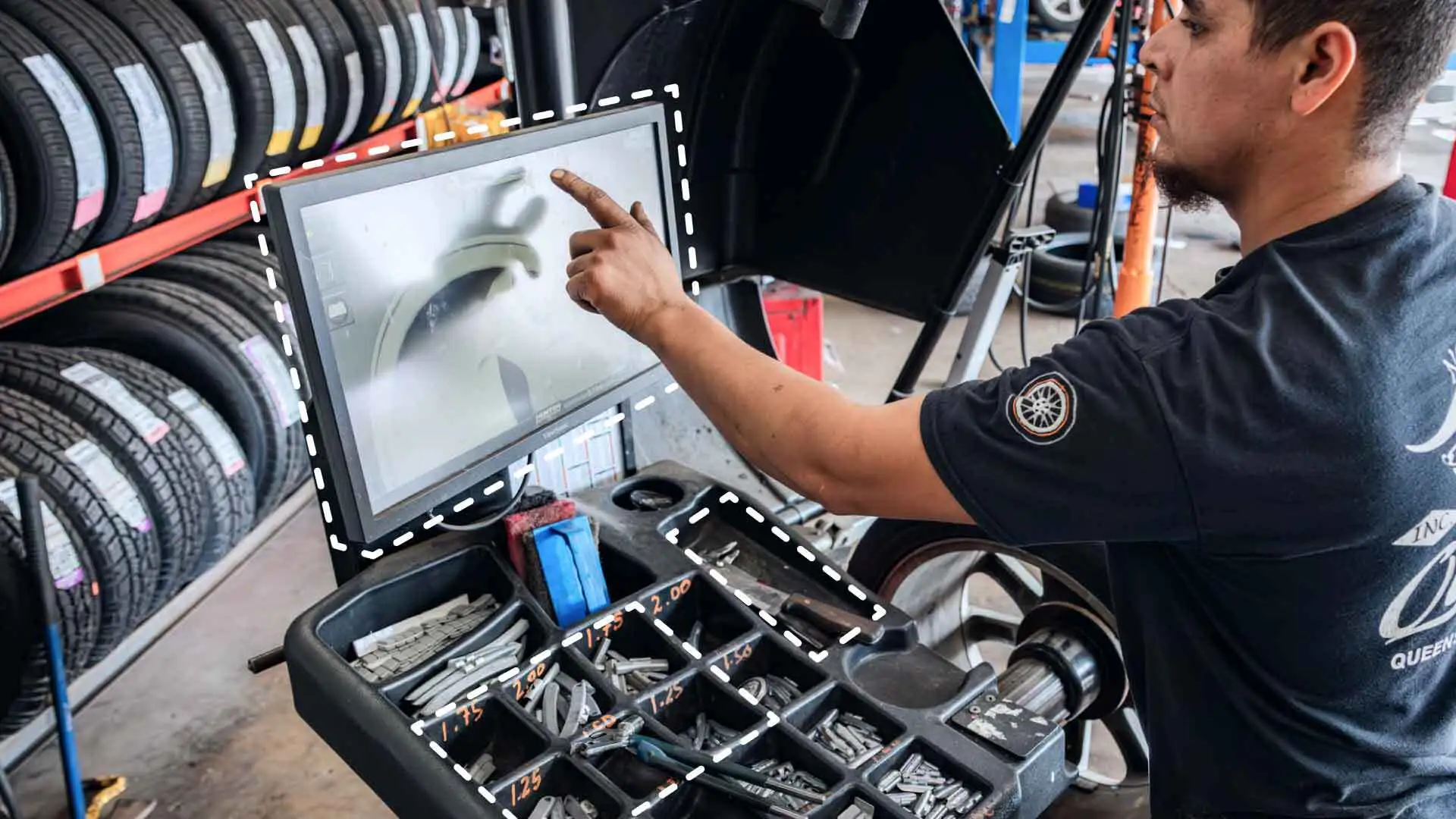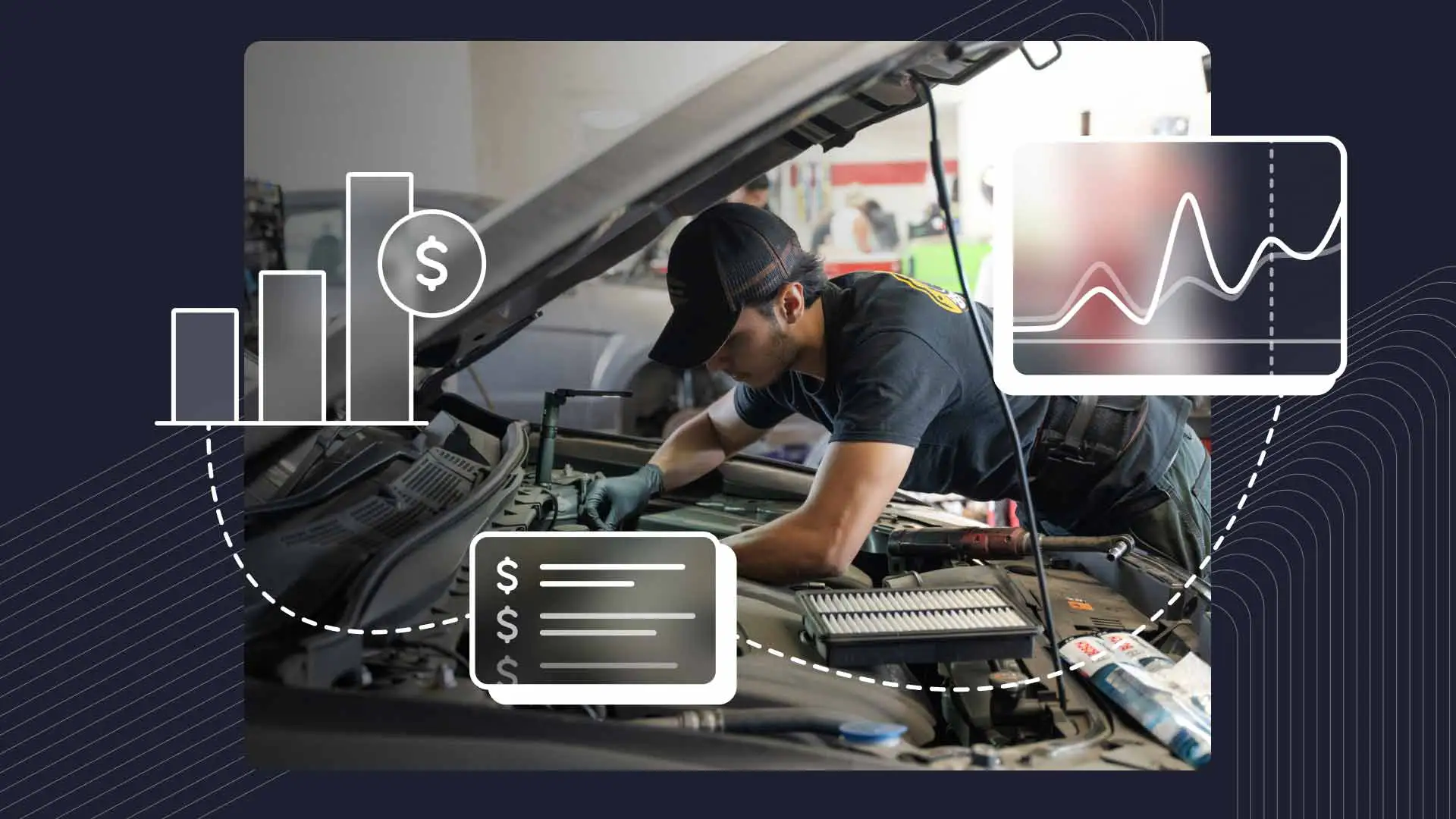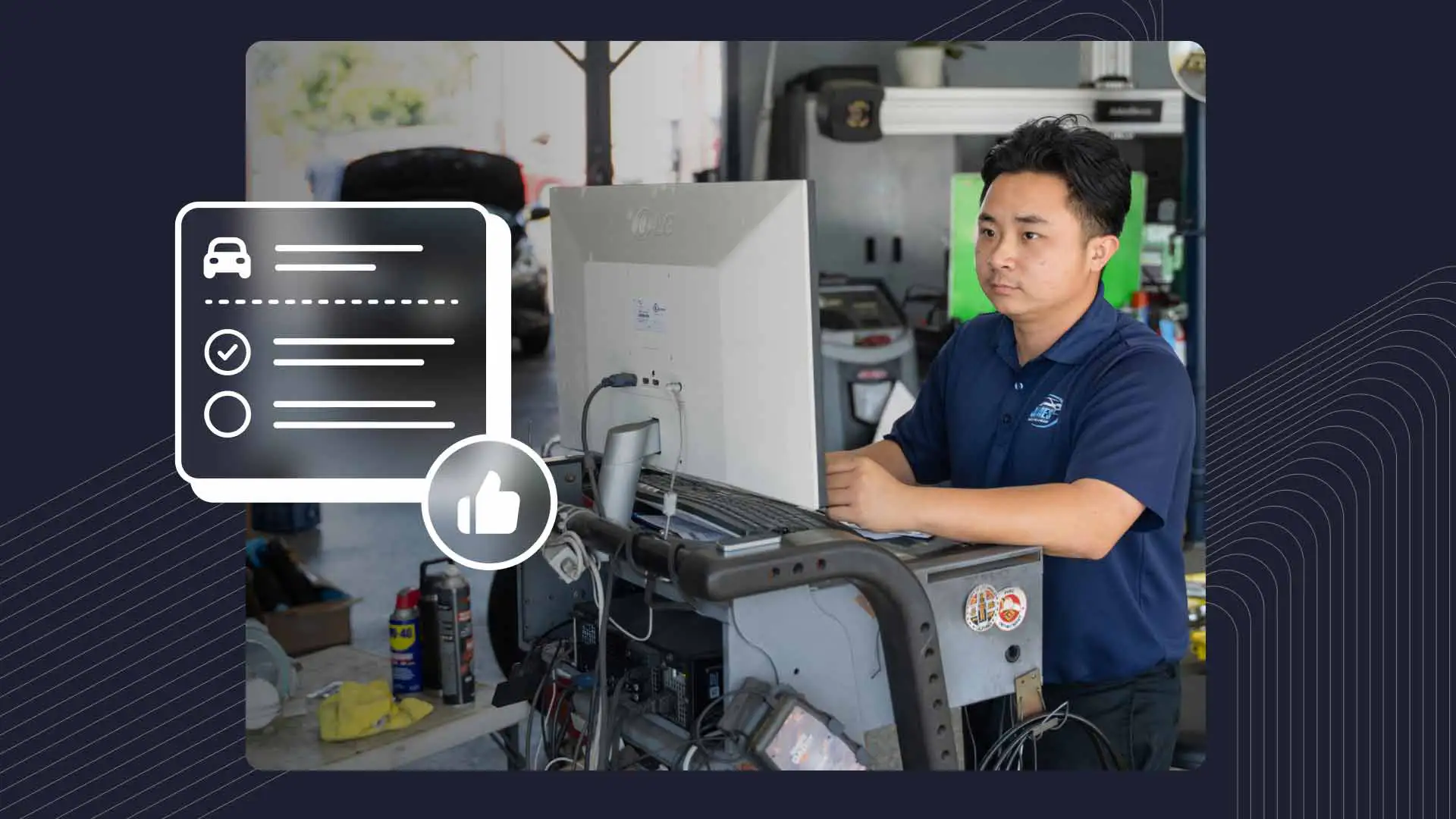Equipping your auto shop with the right tools and machinery is essential. Without them, it would be virtually impossible to operate effectively, or provide any degree of quality service, not to mention establishing a positive reputation or, for that matter, satisfied customers.
But we’re not just talking about a solid set of wrenches and screwdrivers here. If you’re truly serious about outpacing the competition–and attracting more customers who appreciate top-quality work–it’s worth taking stock of some not-so-obvious equipment that can significantly elevate your shop’s performance.
Tools for Efficiency
First on our list of auto shop essentials are tools and equipment designed to save time and effort, allowing mechanics to work faster and more efficiently. Here are a few that should be mainstays in any toolbox.
Impact Wrenches
Impact wrenches are great for loosening or tightening bolts, lug nuts, and fasteners. They work by using a hammering motion in the motor to deliver quick, strong blows. This creates a ton of force that can handle some of the toughest jobs in the shop.
Air Compressor
Air compressors use pressurized (or compressed) air to power tools like drills, impact wrenches, and sanders, as well as inflate tires, clear out dirt and debris, and run pneumatic equipment like air hammers and air ratchets. Plus, they’re generally easy to operate, durable, and portable.
Diagnostic Tools
Widely considered the mechanic’s right-hand tool, OBD-II (On-Board Diagnostic) scanners connect directly to a vehicle’s OBD-II port and pull all sorts of information from the on-board computer system, including data and trouble codes for the engine, transmission, ABS, SRS, and more. For deeper diagnostics on manufacturer-specific systems, there’s a wide range of advanced scan tools available, too; some are better for certain vehicle types–European, Japanese, domestic, etc.–so definitely do your homework to find the right ones.
Operational Bay Essentials
Every auto repair shop needs equipment that allows mechanics to perform their jobs safely and effectively throughout the bay(s). The following should be at or near the top of your “must-have” list.
Vehicle Lifts
Affectionately known as the workhorses of the bay, vehicle lifts are indispensable. The two main configurations are two-post and four-post. And each has its own advantages: Two-post lifts are great for smaller vehicles and offer unlimited access to the undercarriage, while the four-post variety is generally better for alignment jobs, and for work on wider vehicles.
When choosing the right lifts for your shop, you’ll also want to consider factors like load capacity, lift height, and lift speed, among others. Note: Additional lift options include scissors, parallelogram, and low-/mid-rise types, along with different inground models, so again, assess your needs and choose wisely!
Specialized Lifting Equipment
For less intensive or temporary lifting, you definitely want to get your hands on a set of sturdy jack stands. Just be 100% sure they’re rated for the weight of the vehicles you’ll be raising and servicing.
And, for removing or installing transmissions, you’ll need a good transmission jack, too. These also have a wide range of lifting capacities, with the sturdiest topping out at around 4,000 lbs., so make sure yours is suited to the makes and weights of your customers’ vehicles.
Wheel Service Equipment
Whether or not you decide to sell tires at your shop, a tire changing machine makes the process of swapping out tires safe and easy. Different types include manual, swing-arm, tilt-back, leverless (or touchless), heavy-duty, and those designed for motorcycles.
And while we’re in the neighborhood, don’t forget about a wheel balancer, which helps eliminate vibrations by making sure the tire and wheel assembly is even and weight is distributed uniformly.
If you’re truly serious about outpacing the competition…it’s worth taking stock of some not-so-obvious equipment that can significantly elevate your shop’s performance.
Software Tools
Having the right hardware in place is critical to helping your team provide exceptional service and earning loyal customers. But to really maximize your shop’s potential, you’ll need to ramp up the back end as well.
The Right Management Softwares
Auto shop management software provides a host of benefits–from scheduling appointments to managing customer data and streamlining finances, including invoicing and payment processing. These programs also cover a host of day-to-day functions like inventory tracking, and can enhance your workflow through customizable job cards and labels, real-time status updates, and built-in automation that converts work orders to invoices.
Online Booking Systems
Thanks to modern technology, auto shop customers now have the ability to make appointments online, from anywhere. Allowing clients to view available time slots and book accordingly eliminates the chances of double-booking and ensures that workloads are evenly distributed among staff. In addition, auto shops can easily track and monitor appointments thanks to seamless integration with your shop management software.
Accounting Software
Managing the books manually is so 20th century. Today’s accounting software lets you track every dollar that enters and leaves the shop by consolidating customer, vehicle, invoice, and payment information in one place. Plus, you can eliminate manual errors and hours spent tending to the books by automatically sending payment information to your Quickbooks account. From improved efficiency and accuracy to streamlined processes and better financial management, this software is an invaluable tool for auto shops across the board.
“Even the most skilled technicians can only go so far with subpar gear; don’t kneecap them–or yourself–by cutting corners on essential hardware and software.”
Additional Considerations
With heavy machinery and potentially hazardous materials on the premises, auto shop workspace safety and organization should always be a priority. You’ll never regret taking steps to remedy a potentially unsafe or chaotic work environment.
Safety First
To cut the risk of workplace accidents or injuries, every shop should be equipped with fire extinguishers that are clearly marked and easily accessible. You’ll also want to make sure all employees have necessary safety equipment like gloves, goggles, and ear protection. Plus, all machinery should be maintained and kept in good, safe working condition.
Optimized Workspaces
Nobody likes operating in a dingy or cluttered workspace. Which is why keeping bays brightly lit and tools and equipment properly stored is another “must” for any well-run, professional shop. Not only does this help employees better navigate the area, but it also cuts down on the likelihood of accidents, as well as wasted time searching for tools that aren’t where they’re supposed to be.
Parts & Fluid Management
Keeping a close eye on inventory, including all parts and fluids–and tires, if you sell them–helps avoid delays caused by waiting for new stock to arrive. There’s even software available that notifies you when inventory on certain items is running low. Staying on top of your stock just eliminates so many problems, from running out of parts to over-ordering, having excess or untracked inventory on hand, and more.
In Conclusion
From improving safety and efficiency to enhancing the quality of work and building a satisfied, loyal customer base, the right tools and equipment are key to the success of your auto repair and maintenance shop. After all, even the most skilled technicians can only go so far with subpar gear; don’t kneecap them–or yourself–by cutting corners on essential hardware and software.
Speaking of which… If you’re looking for best-in-class software for your shop, Shopmonkey offers unbeatable auto repair shop software that’s built for shops just like yours. Get in touch with us today and discover how our solutions can help seriously level up your business.




